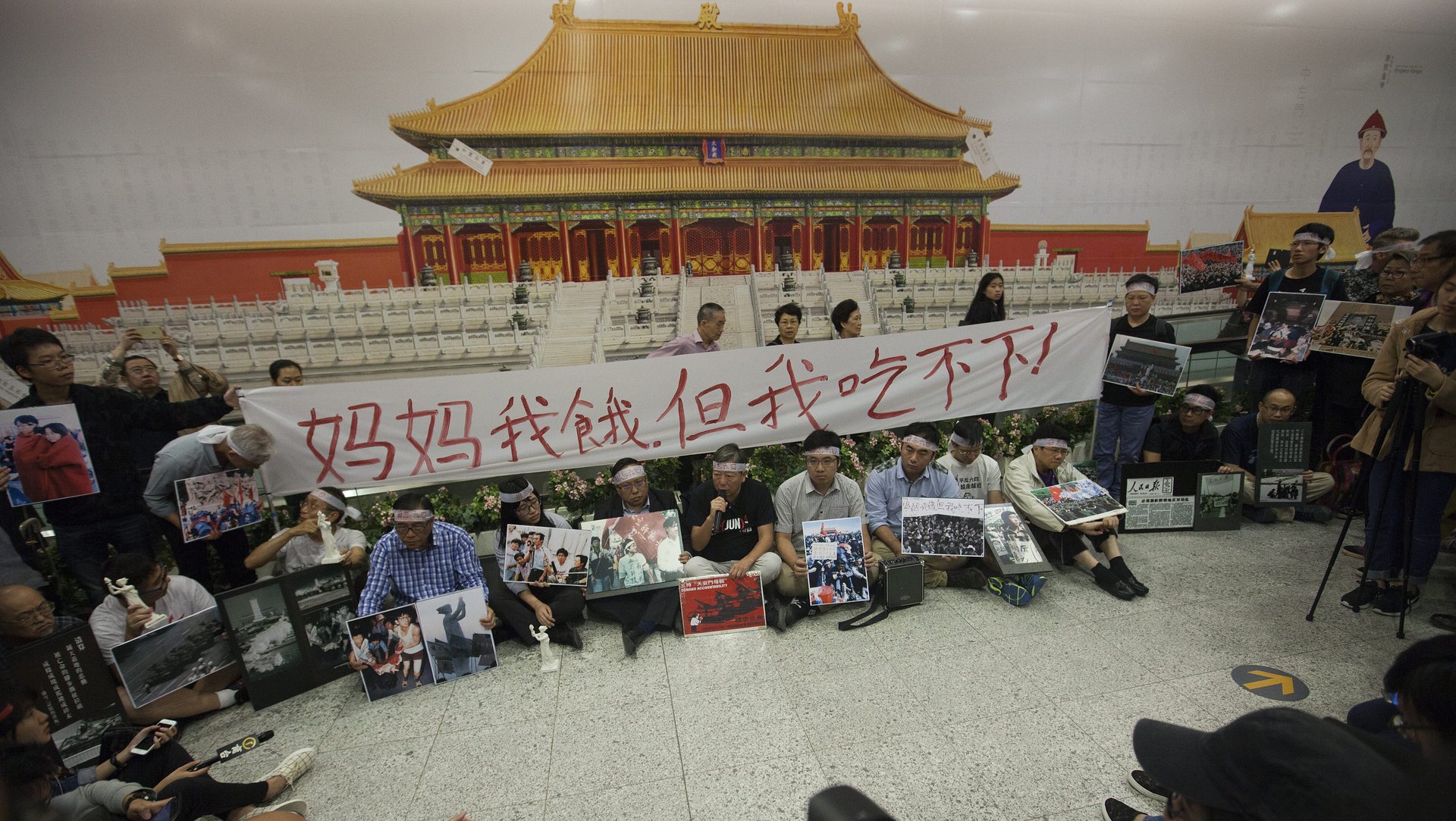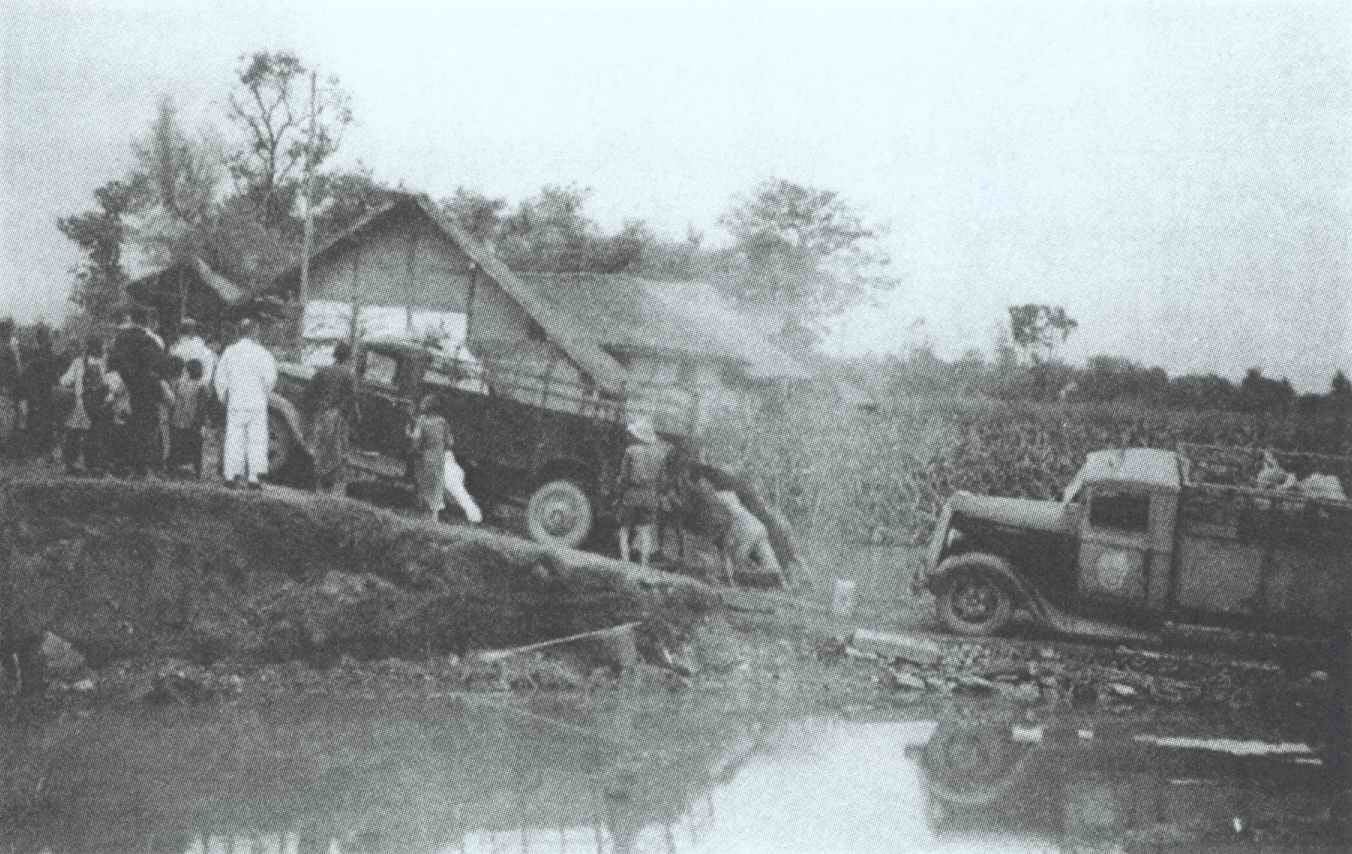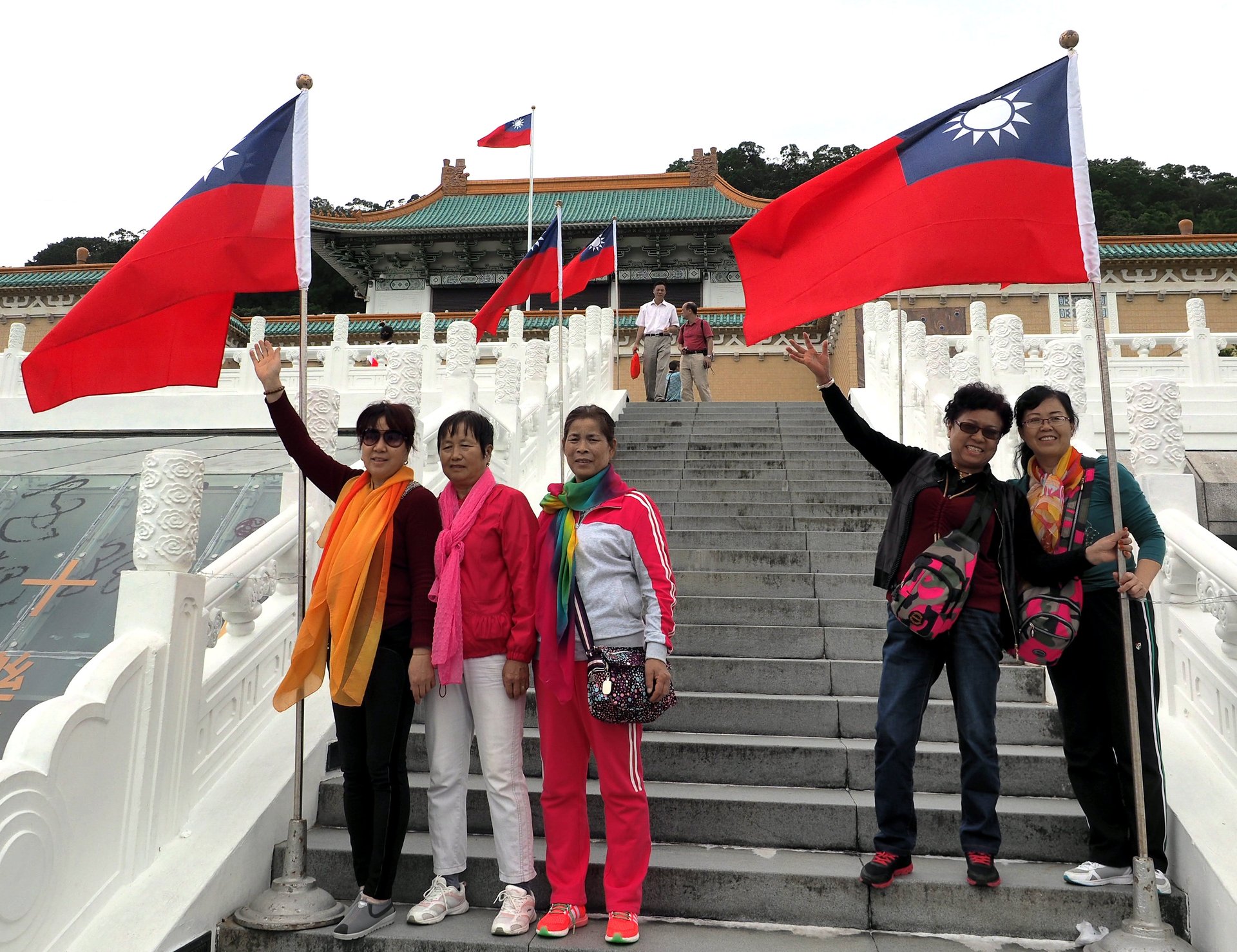The world’s most popular museum is at the heart of a political storm between China, Hong Kong, and Taiwan
One of the most visible and poignant reminders of modern China’s traumatic history sits at the heart of Beijing’s imposing Forbidden City: the Palace Museum.


One of the most visible and poignant reminders of modern China’s traumatic history sits at the heart of Beijing’s imposing Forbidden City: the Palace Museum.
For over half a century, it has been a symbol of the competing visions of modern China. The Nationalists led by Chiang Kai-shek sheltered tens of thousands of artifacts there as China was mired in a bloody conflict against Japan and later with itself. Chiang and his defeated army ultimately fled to Taiwan with the items on their ships, where they are today stored in the Taipei’s National Palace Museum and is a parallel version of the Palace Museum in Beijing.
“You can see the history of China along with the history of the museum—the separation of the collections, the competing images of China,” said Cole Roskam, an associate professor in architectural history at the University of Hong Kong. “It’s an interesting footnote and companion to China’s broader political history.”
Now, Hong Kong wants to build another outpost of the Palace Museum. But public outrage against a seemingly innocuous decision to build a world-class museum displaying Chinese art shows that seven decades after China’s civil war, the museum remains a symbol of deep divisions in the Chinese-speaking world.

The furore started last month when Hong Kong’s No. 2 official, Carrie Lam, suddenly announced plans to construct a branch of the Palace Museum costing $450 million. Beijing’s Palace Museum, which opened in 1925 and houses about 1.8 million artifacts and is the world’s most visited museum, will loan pieces for long-term display in the planned Hong Kong museum.
The decision was announced with no prior consultation, which angered the public.
Even though many chide Hong Kong for being a cultural desert lacking world-class arts venues, ever-increasing resistance in the city against mainland China’s influence means that Beijing’s “gift” cannot help but be politicized.
A new chief executive is due to come to power in Hong Kong this summer. Lam is rumored to be in the running for the post, prompting discussion that an expedited decision to build a Palace Museum in Hong Kong—a symbol of China’s cultural grandeur and ancient civilization—would play well to leaders in Beijing, who ultimately hold the cards over who gets to rule the city.
Beijing’s artifacts loan is also seen as a move to try to foster greater love and patriotism for the mainland among Hong Kong’s disgruntled population, especially its youth.
“Beijing is trying to increase the sense among Hong Kong people that they are Chinese—there is definitely a political agenda,” said historian Mark O’Neill, who has written a book about the Palace Museum. Nevertheless, he added, it would be a huge loss if politics meant that Hong Kong would miss out on the chance to display the offered artifacts.
Hong Kongers unhappy with the Palace Museum project have turned a busy corridor in the city’s subway into a protest site. This week dozens staged a demonstration in front of a large display by the government promoting the project in the busy Central station. The Forbidden City in Tiananmen Square was also near the site of the bloody crackdown on pro-democracy students in 1989, so protesters carried pictures and banners reminiscent of ones held by those students.
Lee Cheuk-yan, a veteran Hong Kong pro-democracy campaigner, said, “We are not against the museum per se, but are very opposed to the process through which it was decided. And for us, when we look at [the museum depicted in the promotional banners], what we are reminded of is not the artifacts inside, but what happened in front of them.” Lee said he wanted to “remind people not of the so-called glory of our historical heritage but of that tragic history.”
This is not the first time that the Palace Museum has been at the center of a political storm—as O’Neill adds, “The history of the two museums is a complete hostage to politics. They have always been tied to the politics of [the Taipei and Beijing] governments.”

The museums have been an important diplomatic tool for Beijing and Taipei. As relations across the strait thawed between 2008 and 2016, exchanges between the two sides accelerated. Millions of mainland Chinese tourists visited the Taiwan museum, lining up to see famous artifacts such as a jadeite cabbage and a meat-like stone, making it the seventh-most visited museum in the world in 2014 (link in Chinese). According to Roskam, the museum in Taiwan has been an important “kind of lifeline” to remind people of Taiwan’s Chinese lineage, and a way for Taiwan to paint itself as a “keeper of Chinese culture.”
But with the May 2016 handover of power from Taiwan’s Beijing-friendly Kuomintang (KMT) party to the Democratic Progressive Party (DPP), the museum’s complex politics are in focus once again. Last September (link in Chinese) a former director of Taiwan’s National Palace Museum, Feng Ming-chu, took up an advisory position at the Beijing museum. The Taiwan side said that she did not consult with the museum before agreeing to take up the post, which it said could endanger the confidentiality of the museum. Senior DPP officials seized upon the issue and criticized Feng, who later resigned from her Beijing post (link in Chinese).
And as Hong Kong’s government seeks to double down on promoting patriotism and Chinese identity among its wayward population, Taiwan is moving in the other direction. Last year, Taiwan opened a third outpost of the museum in the southern city of Chiayi. The Southern Branch of the National Palace Museum exhibits Asian art, in a deliberate attempt (paywall) to play down the “Chinese-ness” of the museum’s identity—as Taiwanese society itself also increasingly dissociates itself with China’s past and future.
Ilaria Maria Sala contributed reporting.
The second image from the top was shared under the Creative Commons license on Wikipedia.